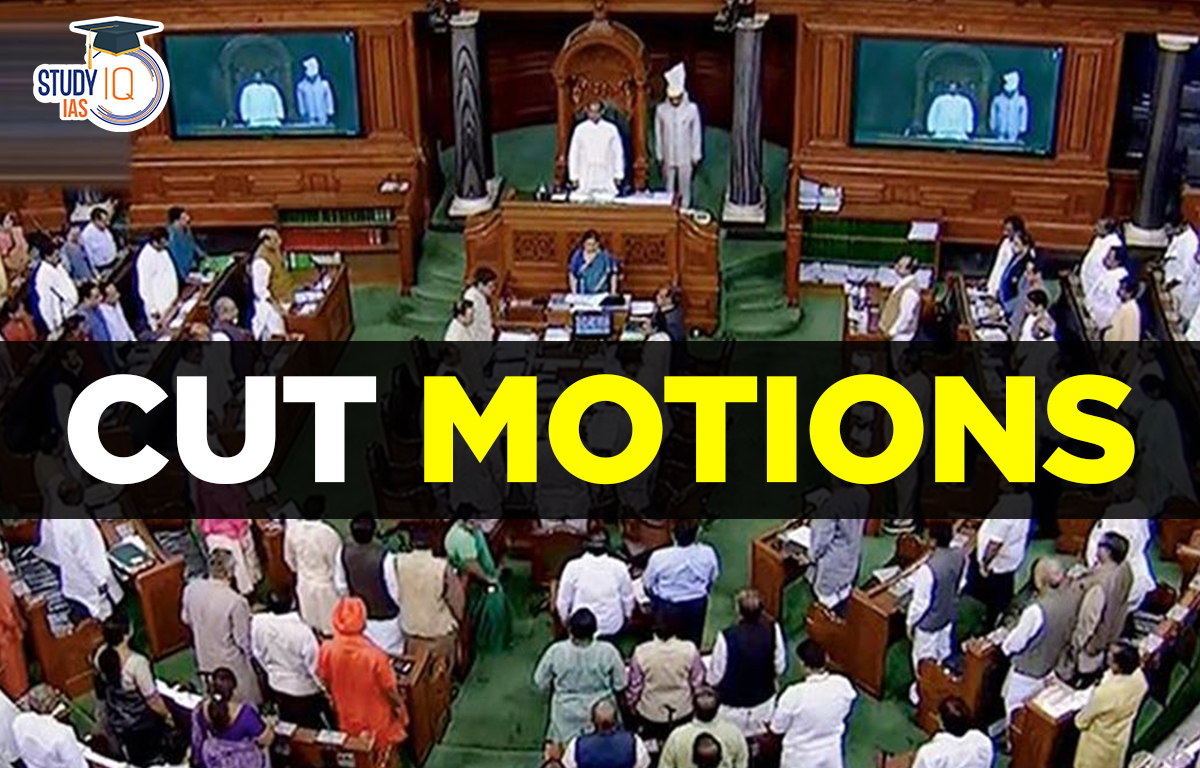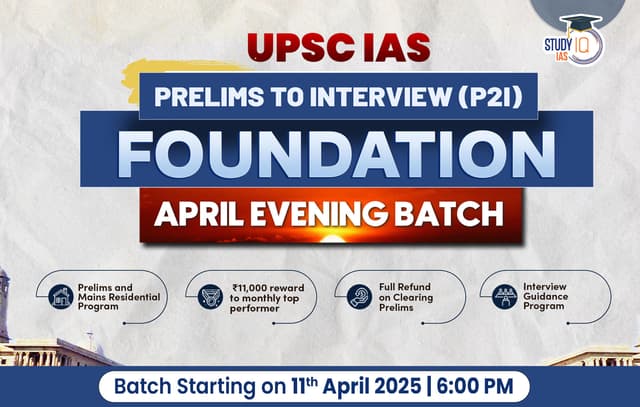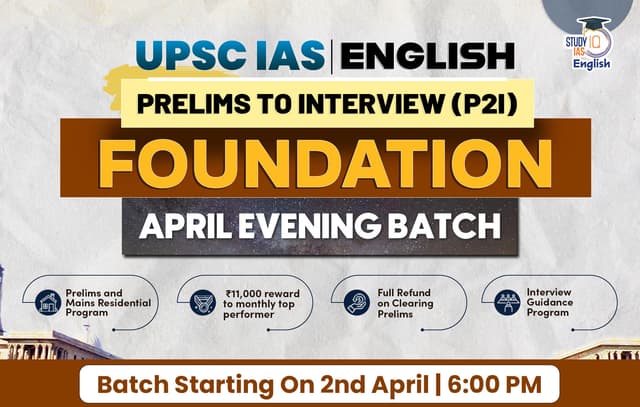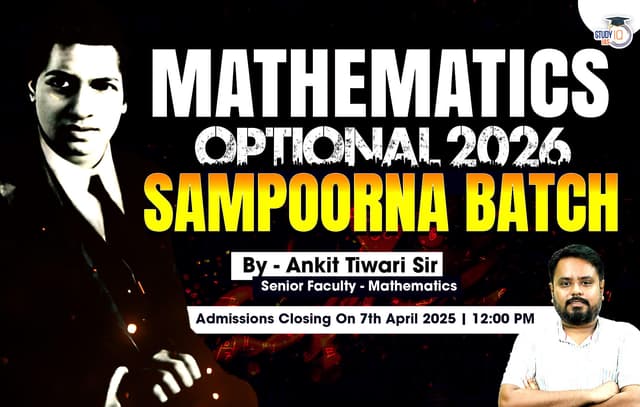Table of Contents
In parliamentary procedures, a cut motion is a key legislative tool used by members of parliament to express discontent with the budgetary proposals presented by the government. Understanding cut motions is crucial for UPSC aspirants, as it is an important concept in Indian polity and governance, particularly for those preparing for the General Studies and Polity sections of the exam. This article will cover the meaning, types, and admissibility of cut motions, providing a detailed overview for better comprehension and preparation.
What is a Cut Motion?
A cut motion is a formal proposal moved in either house of Parliament (Lok Sabha or Rajya Sabha) to reduce the amount of money allocated in the budget for a particular purpose. It serves as a tool for the opposition to express disagreement with a specific expenditure or policy. The motion essentially cuts down the amount of money allocated for a particular item, highlighting the opposition’s stance on that issue.
Cut motions are typically used during the discussion on the demands for grants, which is a crucial stage of the budgetary process. When a cut motion is accepted, the government must justify the need for the expenditure, allowing for a detailed discussion on the allocation of public funds.
Cut Motions Types
There are only three categories in which the moves to cut back on spending fall:
Disapproval of Policy Cut
The demand for the Financial Bill may be decreased to Rs. 1 under this category of motion. This degrading gesture expresses opposition to the demand’s proposed policy. The member who submitted the motion will be required to outline the specific terms of the policy that he considers problematic. All members of the Parliament may participate in the discussion to discuss a policy alternative, but it must only center on the matters at hand.
Economic Cut
With this cut motion, a Parliament member can propose reducing a specific amount of money or removing an item from a government plan, which could affect the economy. The notice against the motion must clearly state the issue to be discussed. It’s also important that speeches focus on this topic and avoid bringing up unrelated issues.
Token Cut
A motion for a symbolic cut in spending means agreeing to remove an amount from the bill that is not really needed but is meant to express a complaint about a government policy mentioned in the motion. So, the discussion should focus only on that specific complaint and nothing else.
Cut Motions Admissibility
The motion to reduce the demand amount must meet certain requirements in order to be admissible:
- A cut motion should only make one particular demand, which must be communicated in plain language without resorting to arguing or aggressive language.
- Under a Cut Motion, a person’s moral character or conduct cannot be questioned.
- It is not allowed to repeal or change existing legislation.
- A Cut Motion cannot be used to refer to issues that the Government of India does not have jurisdiction over.
- A Cut Motion cannot be used to fund any expense paid to the Consolidated Fund of India.
- It cannot be connected to a subject that the judiciary is now adjudicating.
- It cannot criticize a privilege in any way, and it cannot go back and revisit things that have already been decided or discussed.
- A Cut Motion is not allowed to discuss issues that are currently being heard by any judicial or quasi-judicial authority. However, the Speaker may allow the discussion of such a matter in the House if he is sufficiently persuaded that it won’t in any way affect how the matter is handled by the judiciary or quasi-judicial bodies.
- A Cut Motion cannot be brought up for petty reasons.
The Speaker’s Power to Determine Admissibility
The Speaker decides whether a cut motion can be considered in Parliament, based on the rules mentioned earlier. If the motion is seen as inappropriate, abusive, or meant to disrupt proceedings, the Speaker can dismiss it.
Cut Motions Notice
If a member has not given notice about a motion to cut a demand at least one day before it’s being discussed, other members can oppose it. This objection will be upheld unless the Speaker allows the motion to proceed
Cut Motions UPSC
The definition of a cut motion, the three basic types of cut motions, admissibility laws, and the Speaker’s involvement in all of these are discussed in this article. It should be noted that the notification requesting a reduction in the bill may be contested by a member and may not be approved if it is not produced a day before to the assessment of the demand on the bill. Only in such a circumstance is the Speaker permitted to move the motion. Students can read all the details related to UPSC by visiting the official website of StudyIQ UPSC Online Coaching.


 Governor's Assent to State Laws and Bill...
Governor's Assent to State Laws and Bill...
 Strengthening Enforcement of Judicial Or...
Strengthening Enforcement of Judicial Or...
 Gradual Transformation of the Ministry o...
Gradual Transformation of the Ministry o...





















